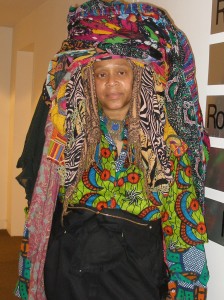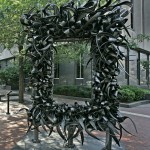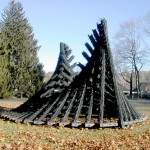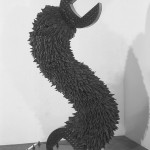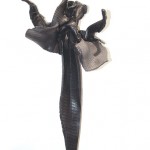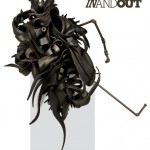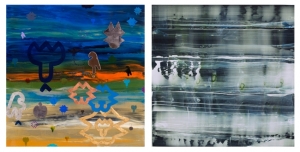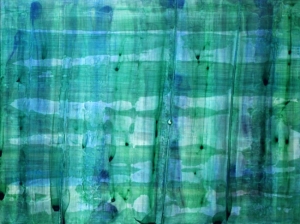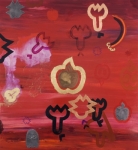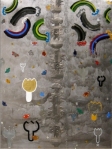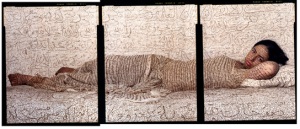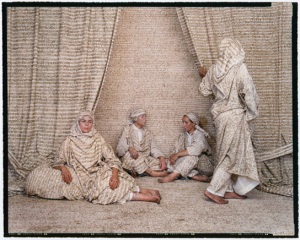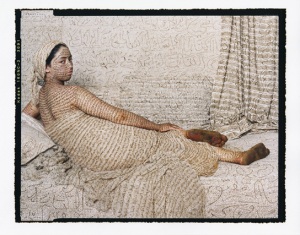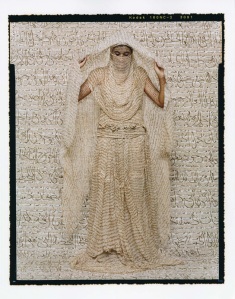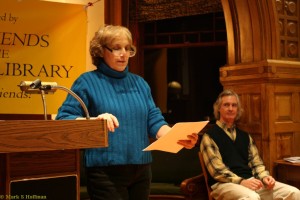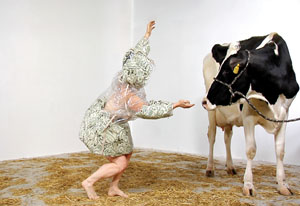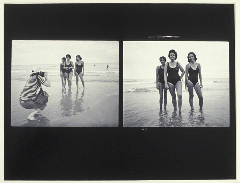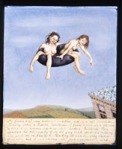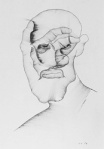Authors describe joys and challenges of independent book publishing; link to video
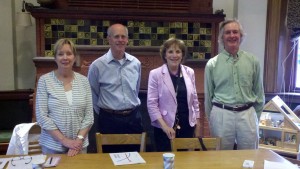
Authors Susan Coppack, Rick Wiggin, and Anita Harris; moderator Neil O’Hara. Photo by Katherine O’Hara. :
I was pleased to join Susan Coppack and Rick Wiggin on a panel about independent book publishing held at the Lincoln, MA Library on Wednesday, May 14, 2014. All members of the Write Stuff, the Library’s writers group, we’d each published a book in the past year–and had experienced both the excitement of having a book come out and the challenges of production and marketing. Link to video.
Susan told the audience that she used a turnkey service from Book Baby to create and distribute her book, Fly Away Home: A Coming of Age Memoir, in electronic form. She said that had she realized how much time and effort it takes to market a book, she would have delayed publication by several months in order to reach her audience. Fly Away Home describes her unusual childhood and adolescence as the daughter of disengaged parents, continuing through early adulthood until her mother’s death. As described by moderator Neil O’Hara, who organized the panel: “At 25,000 words, the book is too long for a magazine but too short to interest traditional publishers, an example of how technology has opened up a new market for works of intermediate length, called “e-singles” in industry parlance. “Selling at “$1.99 on a multitude of electronic platforms, Coppack said she’s not in it for the money. Rather, she hopes to build an audience in order to engage in discussion with her readers.
Rick Wiggin is the author of Embattled Farmers: Campaigns and Profiles of Revolutionary Soldiers from Lincoln, Massachusetts, 1775-1783,a history of the revolutionary war focusing on the military service of Lincoln residents during the conflict, including profiles of the 256 documented combatants. The Lincoln Historical Society published Wiggin’s book in hardback and paperback. Wiggin described a painstaking editing process for which he is now grateful, a highly successful launch party that attracted some 300 people last July 4, and hundreds of sales there and at various historic sites on the East Coast. At some 1500 pages, the book sells for $30. Rick advised thinking carefully about whether to choose digital or offset printing. Digital printing eliminates many of the mechanical steps required for offset printing such as making films and color proofs and thus offers quicker turnaround time and lower costs for very small print runs. Offset printing, he suggests, can offer higher image and print quality and costs less as quantity increases.
Last but not least, I described the incredible number of steps involved in publishing Broken Patterns: Professional Women and the Quest for a New Feminine Identity, which tells the stories of generations of American professional women. Originally published by Wayne University Press, it had gone out of print. I purchased back the rights, updated the book and published the new edition in both e-book and paperback formats through Cambridge Common Press, my own publishing imprint. I used Amazon.com’s publishing arm “CreateSpace” and Kindle. Broken Patterns is now available on Amazon.com and Kindle, and in the Harvard Book store, in Cambridge.
I’ll write more about the publishing and the marketing processes in future blogs. For now, suffice it to say that all of us feel a bit overwhelmed by the time, energy, strategy and skill it takes to write, publish and market a book.
If you want to know exactly what we said, here’s a link to a video of our presentation.
–Anita M. Harris
Anita M. Harris is the author of Broken Patterns: Professional Women and the Quest for a New Feminine Identity and Managing Director of the Harris Communications Group, an award-winning PR and marketing firm based in Kendall Square, Cambridge, MA.
 DeDray makes small items–men’s clothing, thousands of tiny ceramic pots, sculptures in stitched fabric, carved bone, and wheel-thrown clay. As ICA materials point out, the smaller-than-life formal suits, embroidered patches, ties, and hats, as well as scaled-down chests of drawers, doors, and unique, thimble-sized vessels–and even facsimiles of used clothing stores complete with dust, make the viewer feel large and encourage thought about the content of the constructions. For example the coat in the photo to the left encompasses all sorts of other clothing–bras, pants, tops–making the point that individuals are composites of their experiences and other people.
DeDray makes small items–men’s clothing, thousands of tiny ceramic pots, sculptures in stitched fabric, carved bone, and wheel-thrown clay. As ICA materials point out, the smaller-than-life formal suits, embroidered patches, ties, and hats, as well as scaled-down chests of drawers, doors, and unique, thimble-sized vessels–and even facsimiles of used clothing stores complete with dust, make the viewer feel large and encourage thought about the content of the constructions. For example the coat in the photo to the left encompasses all sorts of other clothing–bras, pants, tops–making the point that individuals are composites of their experiences and other people.
 At the DeCordova, Drew’s show, “Existed” highlights “the cyclical nature of creation, decay, and regeneration through a selection of large-scale sculptures, installations, and works on paper.
At the DeCordova, Drew’s show, “Existed” highlights “the cyclical nature of creation, decay, and regeneration through a selection of large-scale sculptures, installations, and works on paper.